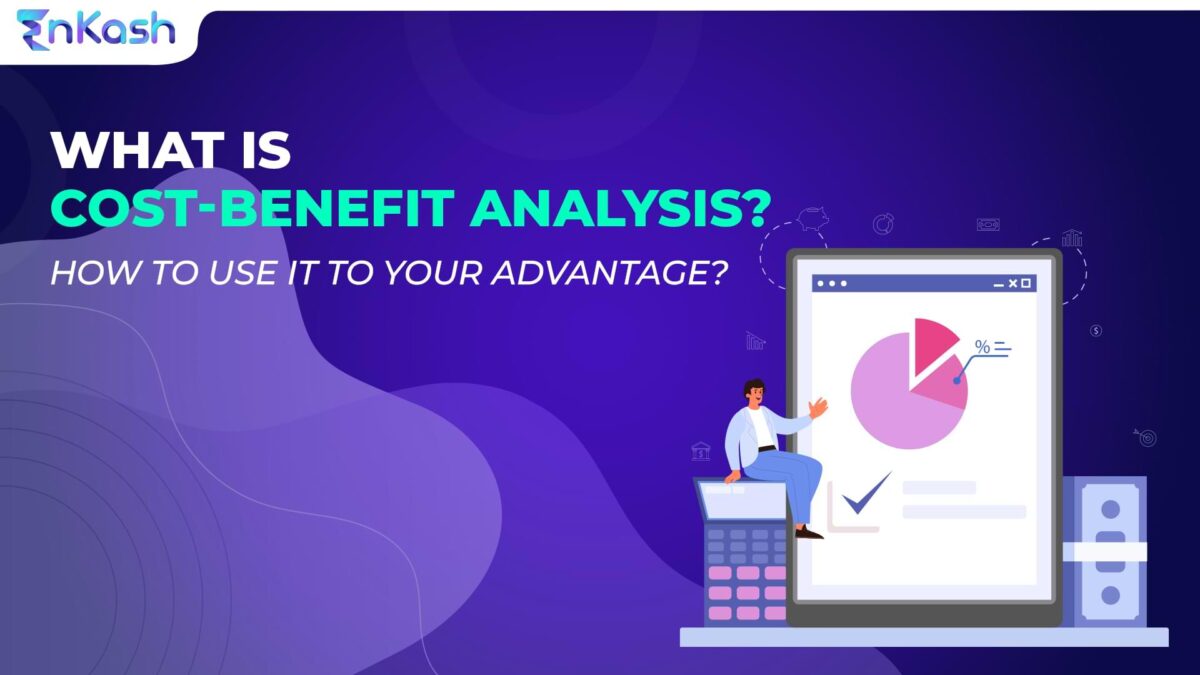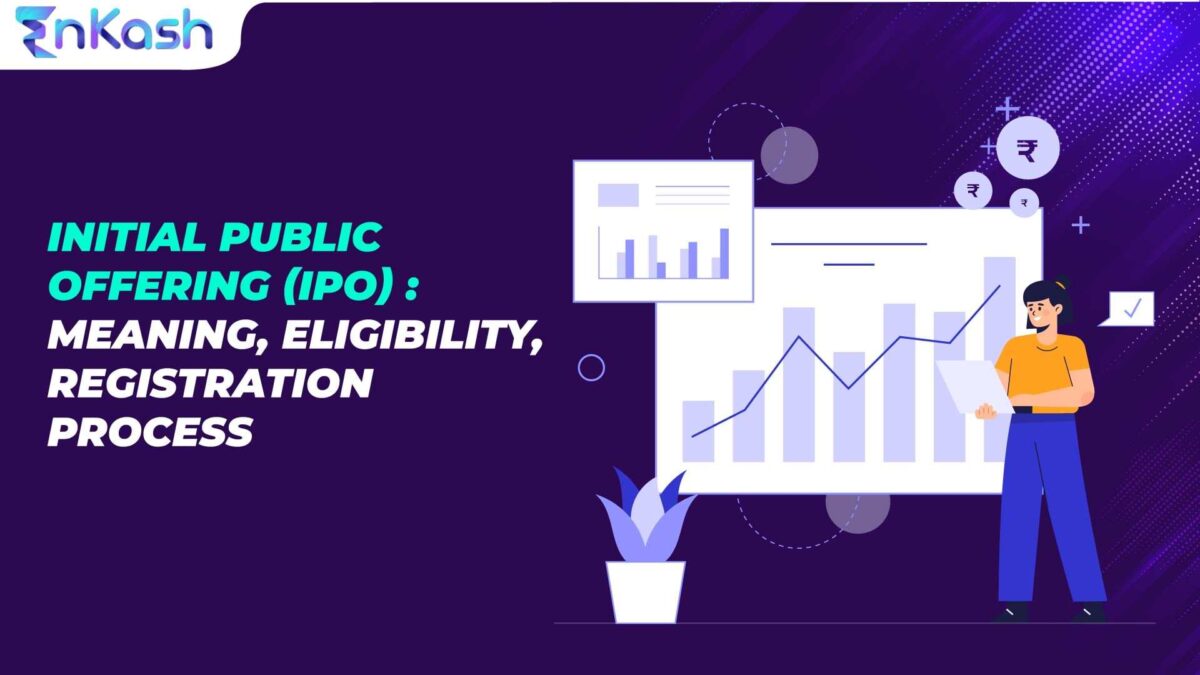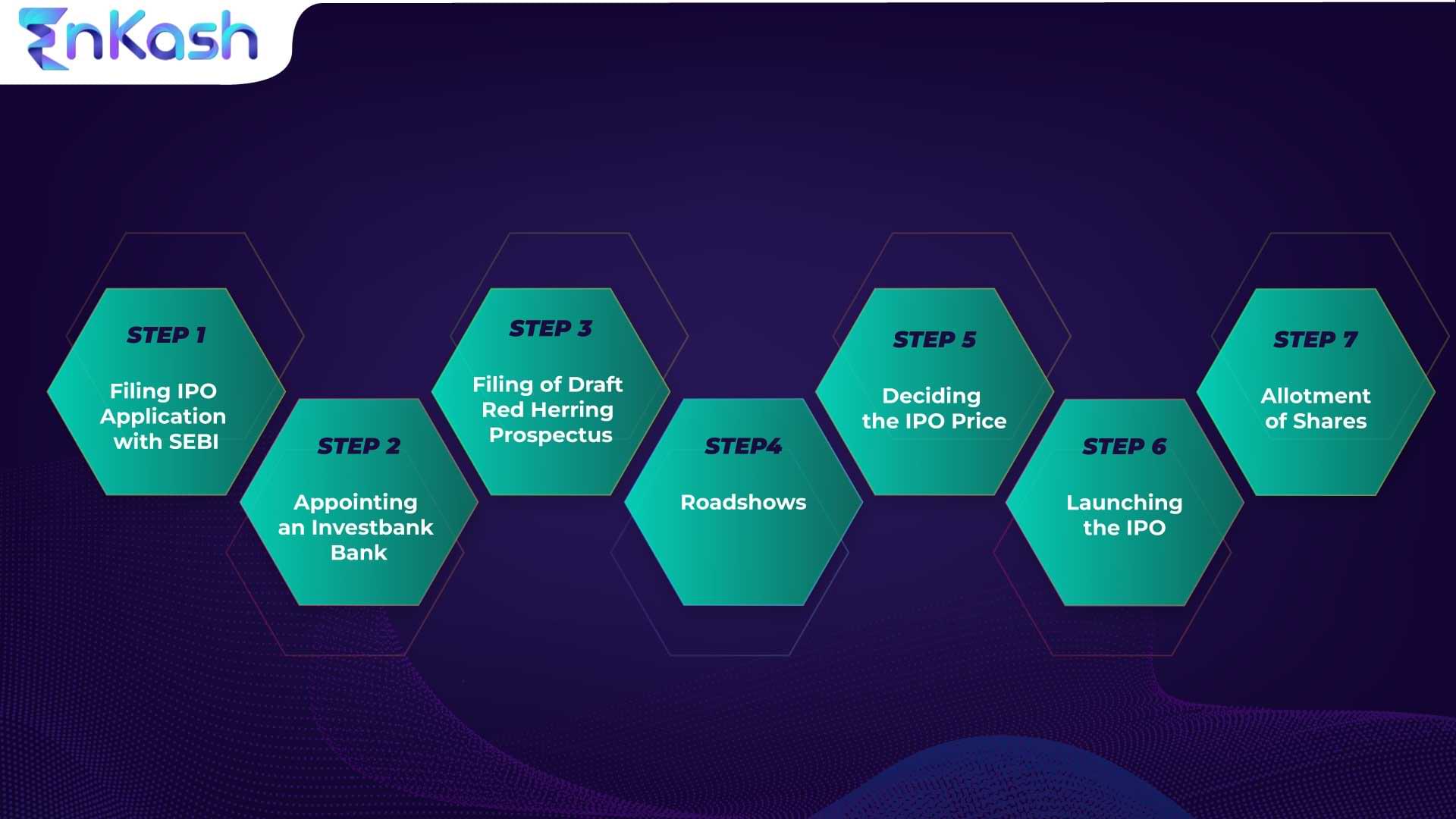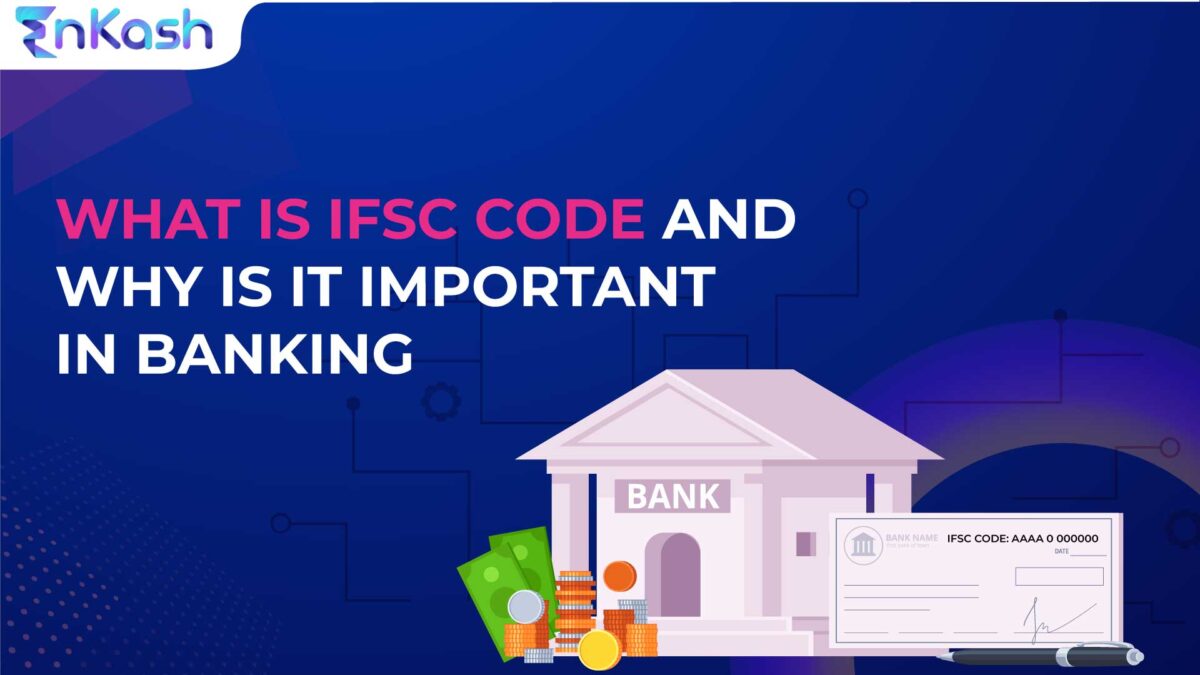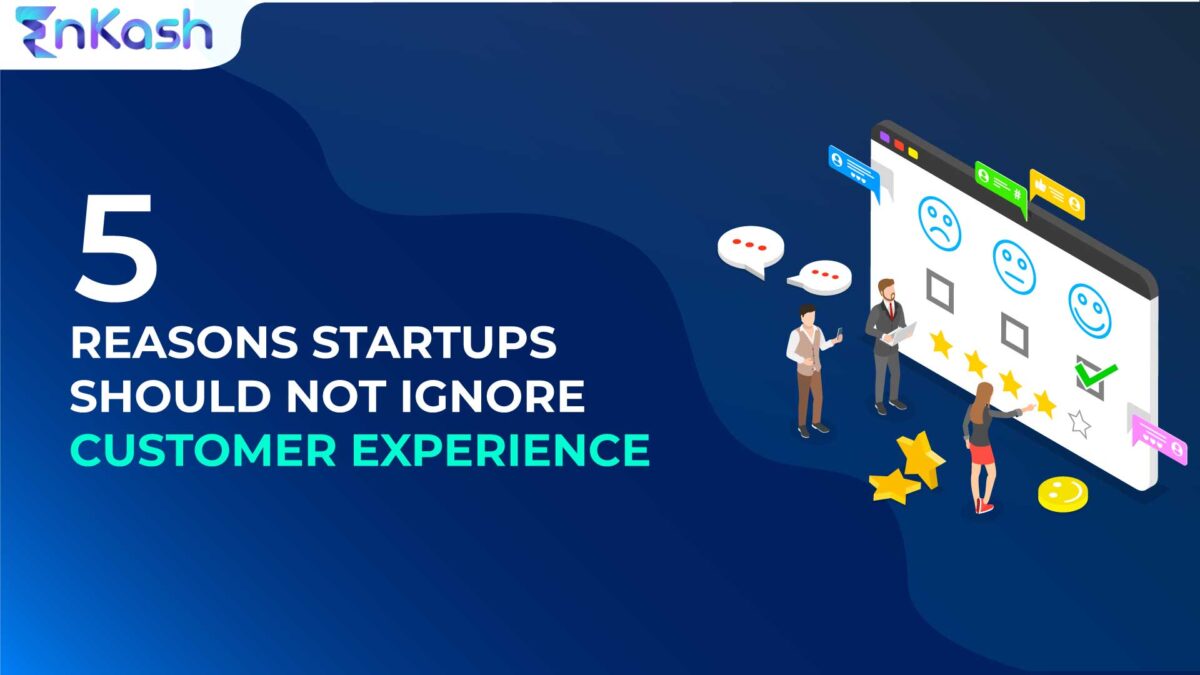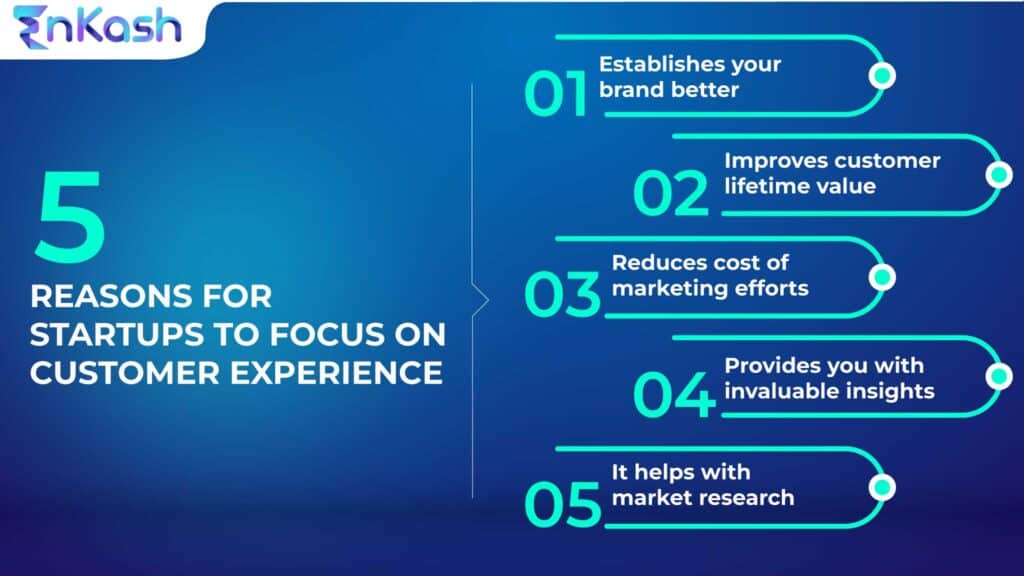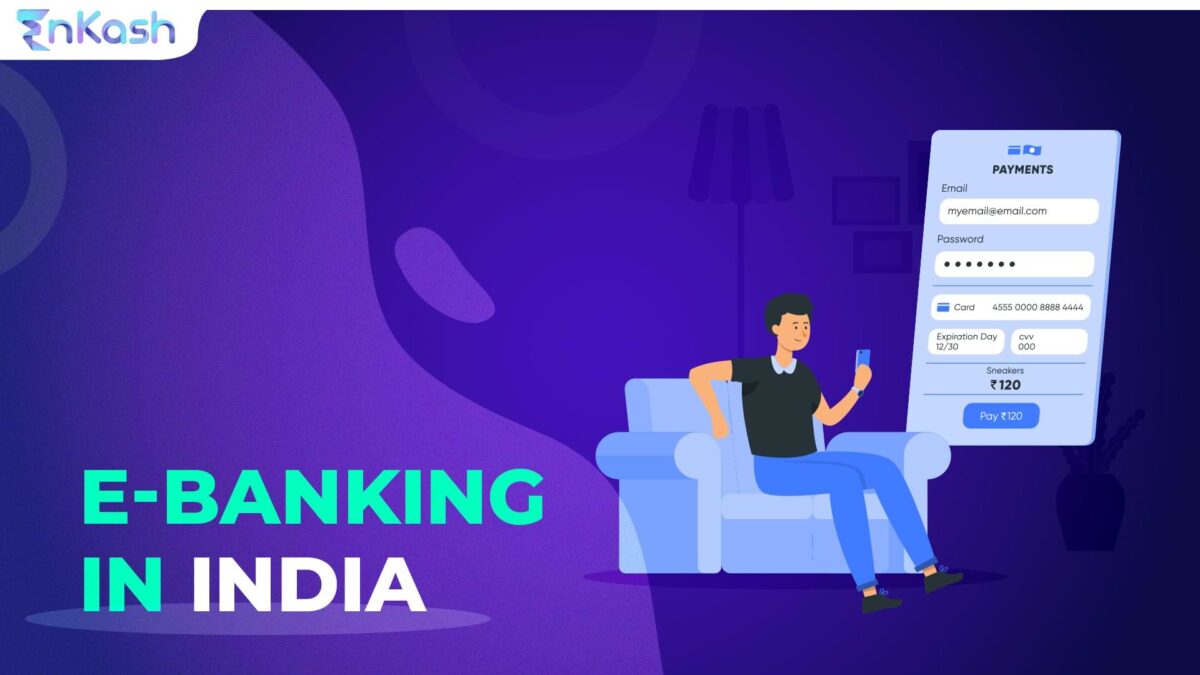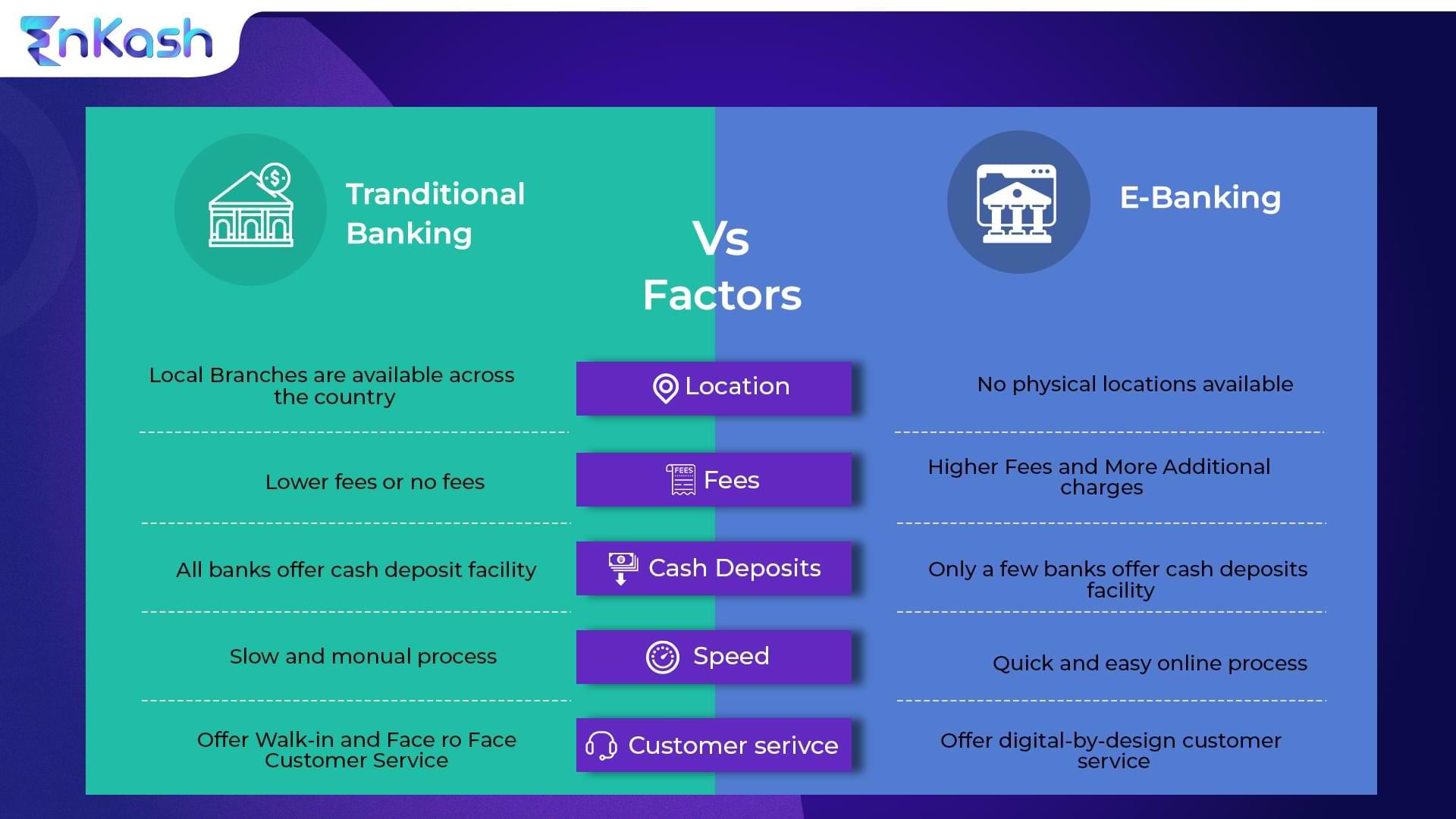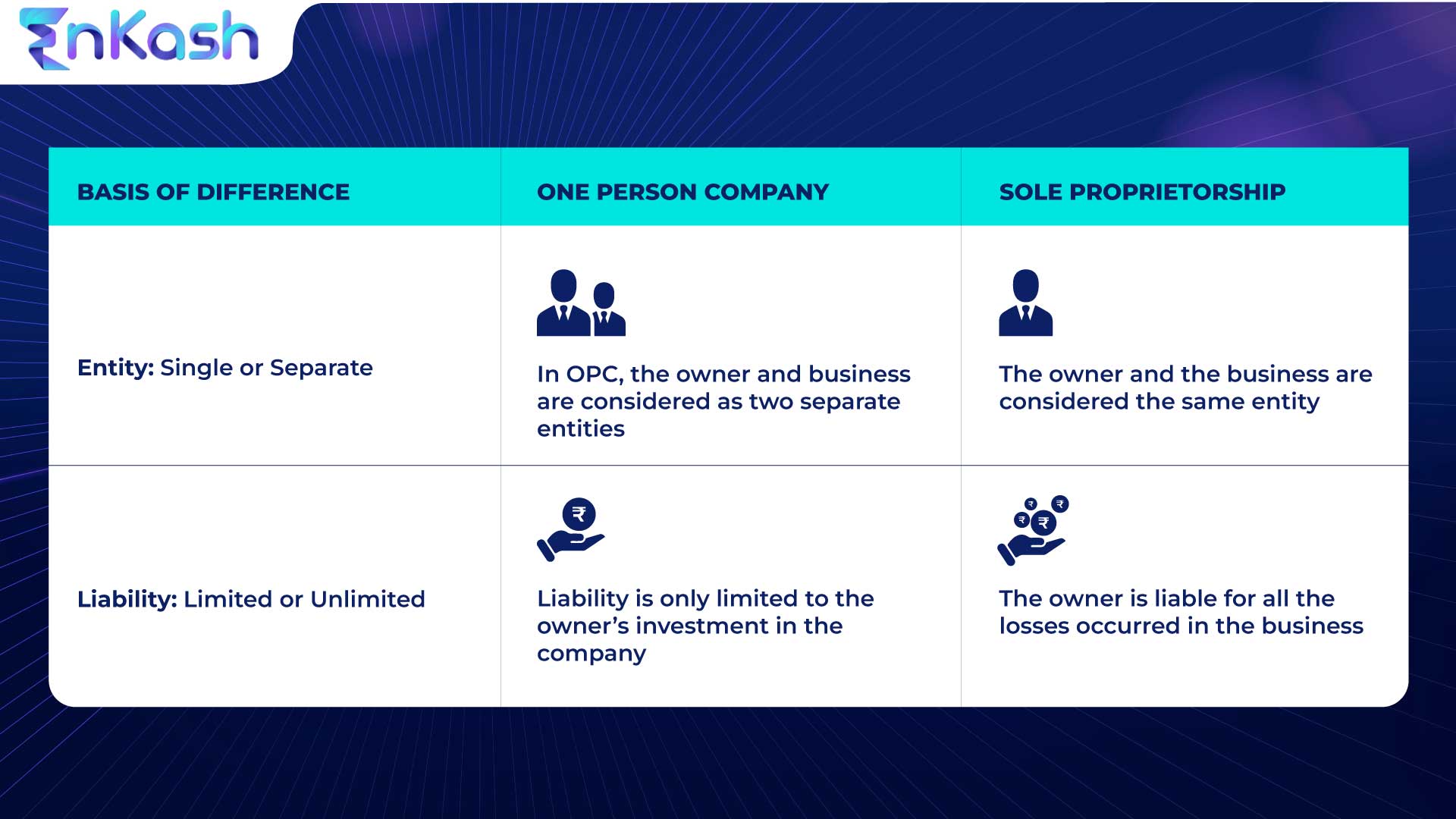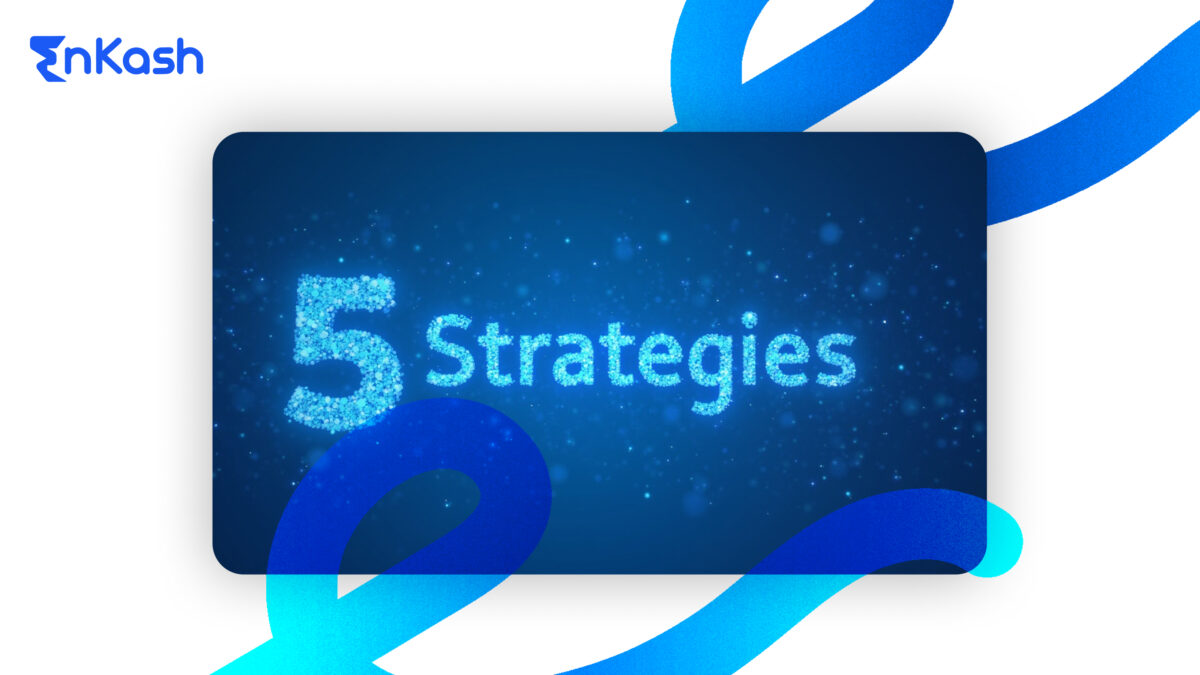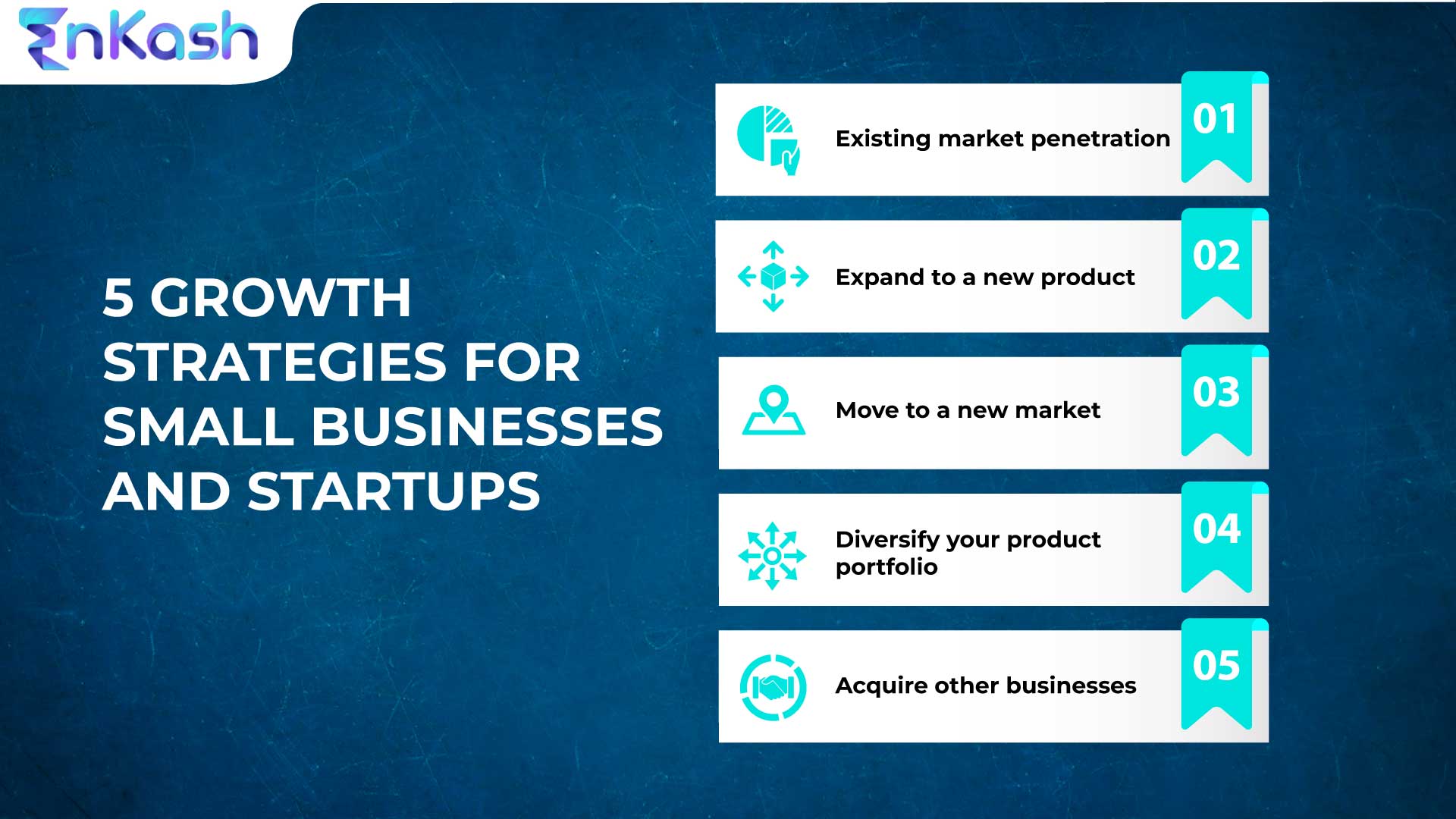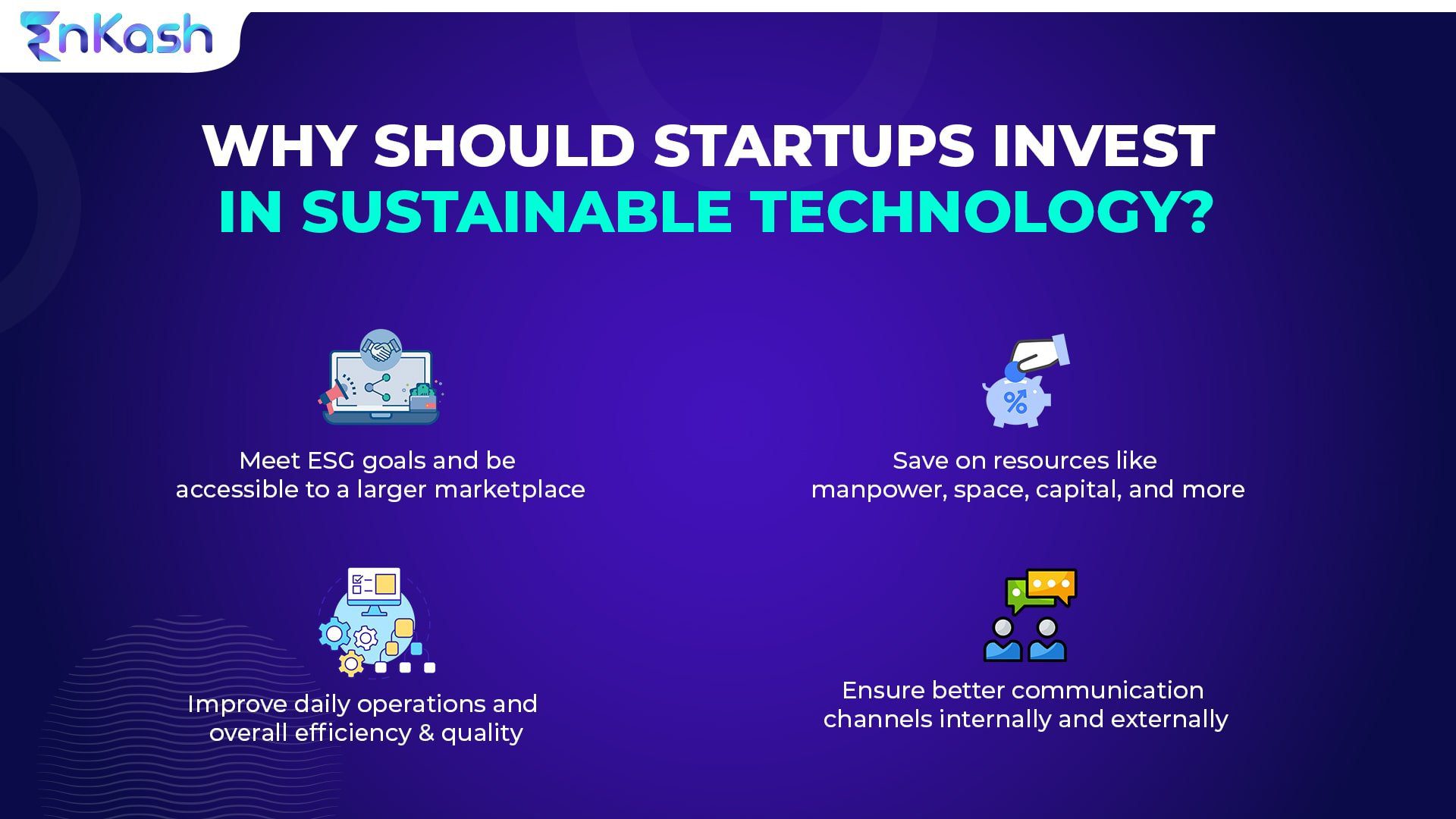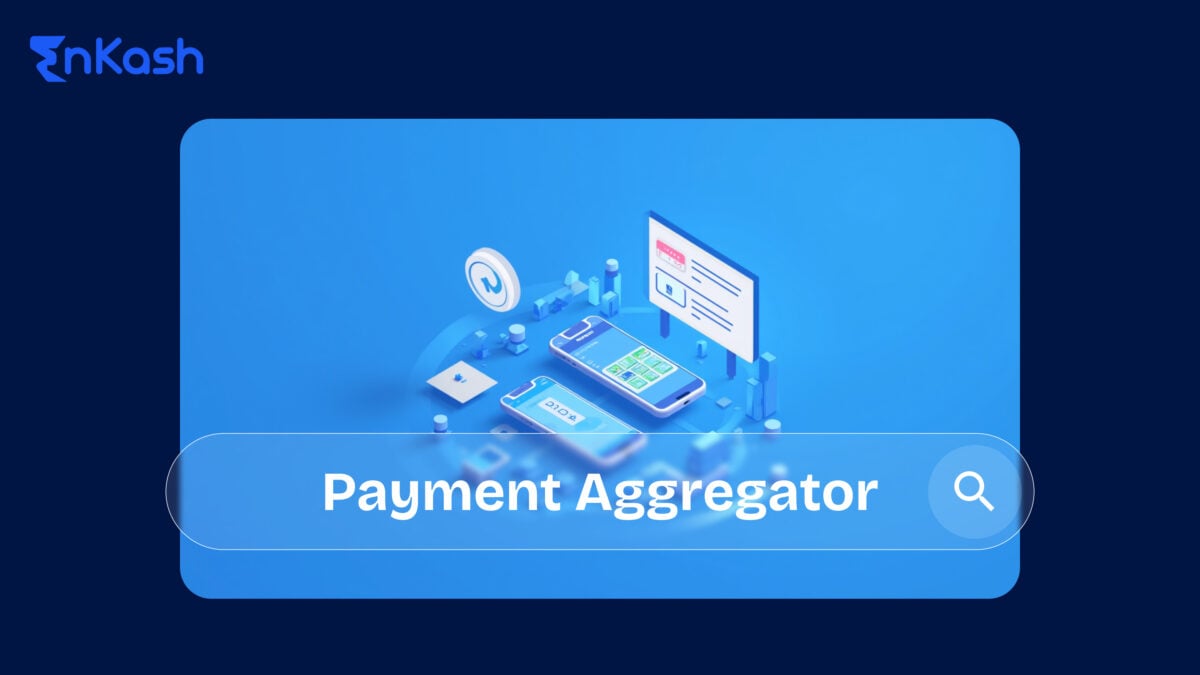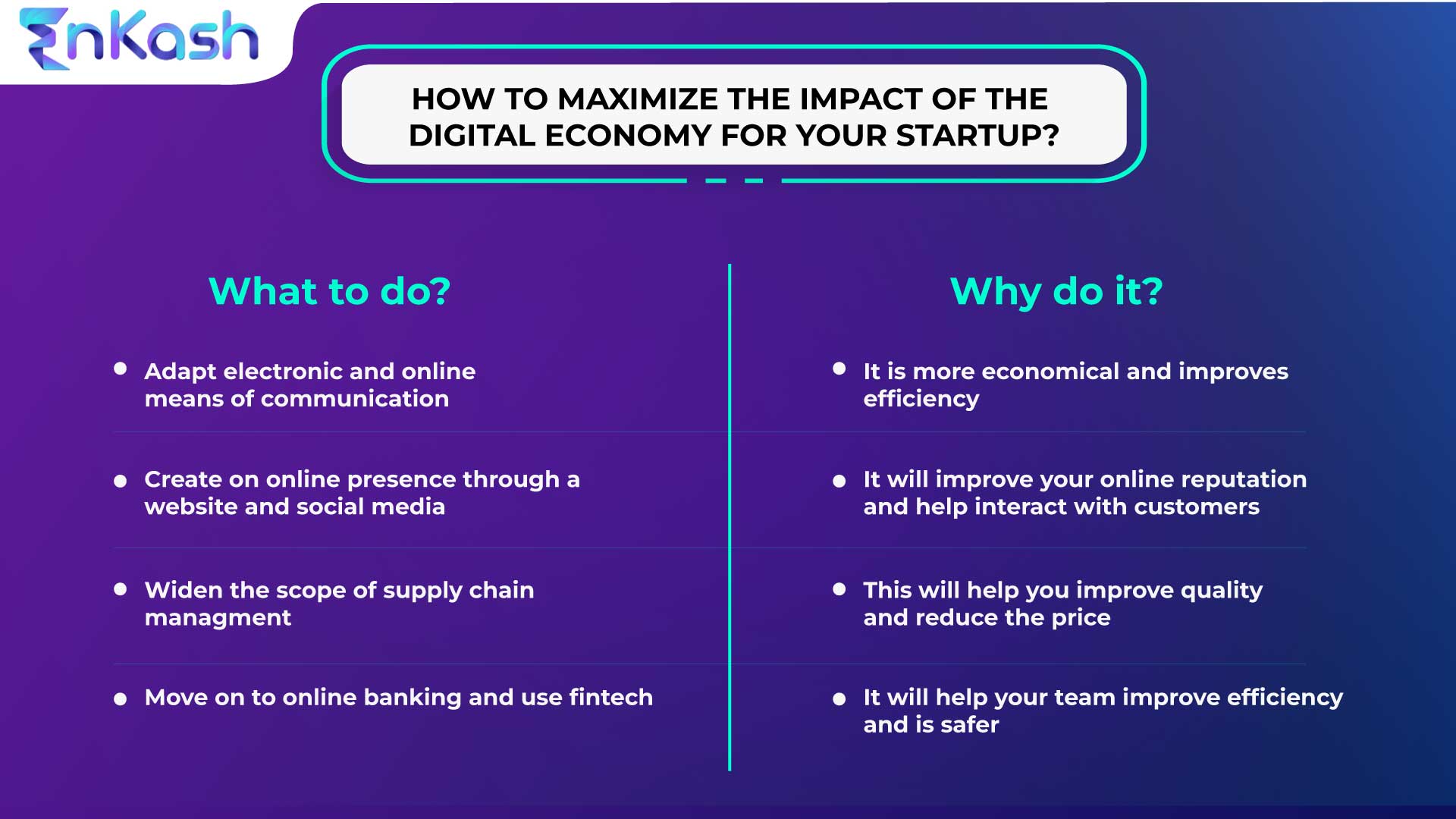As part of the top management of a smaller business, you may often find yourself in the unenviable position of having to decide on funds allocation. Since resources are limited and opportunities to allocate funds towards growth are usually numerous, it is important to ensure that you consider all aspects carefully.
One of the ways you can ensure that the limited resources of your business have been used to the maximum benefit is by undertaking a cost-benefit analysis.
What is Cost-Benefit Analysis?
A cost-benefit analysis, as the name suggests, looks at each project from the costs involved and the benefits that you get from it. Doing this enables businesses to approach any major cost with a systematic approach to determine which options to embrace and which to ignore. People in charge of projects along with the finance analyst team will look at the benefits of a particular cost.
Additionally, some consultants or analysts create models to put a monetary value on intangible things like the advantages and disadvantages of relocating to a designated destination. Cost-benefit analysis helps companies prioritize their capital outlay as per the benefits they will get from a particular investment.
Understanding The Meaning of Cost-Benefit Analysis
Prudent managers are prepared with a cost-benefit analysis to assess all the costs and profits that a company might produce when they pitch for funds towards starting a new project or building a new facility. Depending on the results of the analysis, it will be decided whether the idea is financially viable or whether the company should move forward with a new venture.
The opportunity cost is often considered in the cost-benefit analysis as a part of the decision-making process. Opportunity costs are benefits that may have been realized if a different alternative was chosen. The opportunity cost is, in other words, the value of the opportunity that is lost or forgone as a result of a choice or decision.
Project managers can analyze the advantages of many action plans, rather than just the one currently being considered in the cost-benefit analysis, by taking opportunity costs into account. The cost-benefit analysis helps to make better decisions since it takes into account all available options and also potential missed opportunities.
The results of the entire costs and benefits should be quantitatively evaluated to determine whether the benefits outweigh the costs. If so, continuing the project would be a wise decision. If not, the company should re-evaluate the project to see if it can be modified to raise benefits or lower costs to make the project profitable. Otherwise, the company should probably not take up the project.
Cost Benefit Analysis Example
To understand how cost-benefit analysis can help you make the right decision, let’s look at an example.
Example:
A company is considering building a new factory in a certain location. The company would need to invest INR 1 crore in the construction of the factory and an additional INR 20 lacs per year to operate it. The factory is expected to generate INR 50 lacs in revenue each year.
In this example, the benefits of the factory are the revenue generated, while the costs are the initial investment and the ongoing operational costs. By comparing the benefits and costs, the company can determine whether the factory is a worthwhile investment.
Costs:
- Initial investment: INR 1 crore
- Ongoing operational costs: INR 20 lacs/year
Benefits:
- Revenue generated: INR 50 lacs/year
Net Benefit = Benefits – Costs
Net Benefit = INR 50 lacs/year – (INR 1 crore + INR 20 lacs/year) = – INR 70 Lacs
If the company wants to recover its complete initial setup cost in the first year itself, then this project is not viable. However, if the company is looking at a long-term return, then the project shows profits from the fourth year of operation.
Keeping its long-term plans in mind and the above cost-benefit analysis, the company can make its final decision.
Process of Cost-Benefit Analysis
There are several cost-benefit analysis techniques available and you should pick the one that suits your situation. However, most cost-benefit processes often include some form of the next five steps.
Determine the Project Scope
The first step in a cost-benefit analysis should start with a complete understanding of the project circumstances, determining your goals, and developing a framework to shape your scope. Decide whether to expand to gain market share or whether to upgrade a company’s website are two examples of possible cost-benefit analysis goals.
The project’s initial planning phase includes determining the project’s timetable, resources needed, restrictions, necessary staff, and evaluation methods. At this step, a business should determine whether it has the necessary tools to conduct the analysis. A business might discover, for instance, that it lacks the technical personnel necessary to conduct an adequate study.
During the project scope creation phase, key stakeholders should be identified, informed, and given the chance to express their opinions. Depending on the findings, it might be a good idea to include people who will be most affected by the analysis’ conclusion (for example, if it calls for redesigning a company’s website, IT may need to hire numerous additional staff and should be consulted).
Calculate the Costs
It’s time to start looking at numbers now that the framework is established. The cost of the project is determined in the second step of a cost-benefit analysis. The following may be included in costs.
- Direct costs include labor used directly in production, inventory, raw materials, and production prices.
- Examples of indirect costs include rent, utilities, managerial overhead costs, and electricity.
- The decision’s intangible costs, such as how it will affect clients, staff members, or turnaround times.
- Opportunity costs, such as the difference between developing a facility and buying one, or alternative investments.
- The price of prospective risks such as those posed by regulations, rivalry, and environmental effects.
Measure, Analyze, and Implement
The cost-benefit analysis analyst must frequently summarize their findings before presenting them to management. This involves succinctly outlining the costs, advantages, net impact, and how the results finally support the analysis’s initial goal.
In general, if a cost-benefit analysis is favorable, the project has more advantages than disadvantages. A business needs to be aware of its restricted resources because they could lead to mutually exclusive choices. For instance, a business might only have so much money to invest, so even though upgrading its equipment, website, and warehouse might be profitable from a cost-benefit perspective, it might not have the funds to do so.
Cost-Benefit Analysis Advantages
There are many benefits to conducting a cost-benefit analysis. Using data-driven decision-making, the technique bases any suggested course of action on quantifiable data that has been obtained specifically to address a single issue.
A cost-benefit analysis needs a thorough investigation of all costs. This entails taking unforeseen expenditures into account and comprehending the many categories and traits of spending. As additional research is conducted on the state of outcome for the project, which gives better support for strategic planning attempts, the findings from this level of analysis only become stronger.
Quantifying non-financial measures is also necessary for cost-benefit analysis (e.g., what is the financial advantage of higher employee satisfaction?). This may be challenging to evaluate, but it compels the analyst to think about project elements that are more challenging to quantify. A cost-benefit analysis’ ultimate output is a straightforward report that facilitates decision-making.
Conclusion
Cost-benefit analysis helps you take on a holistic point of view much like spend management. Spend management focuses not only on the expenses that a business incurs but also includes the collections aspect to help you plan cash flow better.
At EnKash, we offer an AI-enabled spend management platform that helps you plan your business spending better and maximize savings.






